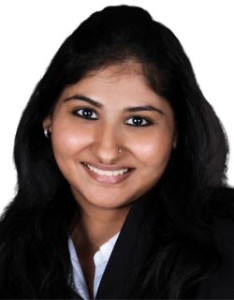“[B]y a majority of 3:2 the practice of ‘talaq-e-biddat’ (triple talaq) is set aside”. With these prosaic words the Supreme Court has done away with a practice that had prevailed India for 1,400 years. Triple talaq originated in the second century after the advent of Islam and although considered as “a sinful form of divorce” it was recognized by a few Sunni schools, primarily the Hanafi sect.

Senior associate
Bharucha & Partners
The case of Sharaya Bano v Union of India & others, decided last month, is rightly acclaimed as a landmark ruling on the issue of gender discrimination against Muslim women, who had no safeguard against arbitrary divorce, resulting in denial of dignity and security. It is therefore important to consider the backdrop to this ruling and the legal issues that the Supreme Court had to grapple with.
The facts were simple. Sharaya Bano was divorced by her husband, Rizwan Ahmad, pronouncing “talaq, talaq, talaq” on 10 October 2015. She sought a declaration that the talaq-e-biddat pronounced by her husband was void ab initio and that section 2 of the Muslim Personal Law (Shariat) Application Act, 1937 (Shariat Act), to that extent was unconstitutional.
You must be a
subscribersubscribersubscribersubscriber
to read this content, please
subscribesubscribesubscribesubscribe
today.
For group subscribers, please click here to access.
Interested in group subscription? Please contact us.
你需要登录去解锁本文内容。欢迎注册账号。如果想阅读月刊所有文章,欢迎成为我们的订阅会员成为我们的订阅会员。
Sneha Jaisingh is a senior associate and Shreya Gupta is an associate at Bharucha & Partners.
Cecil Court, 4th Floor
MK Bhushan Road
Mumbai – 400 039
India
Contact details:
Tel: +91 22 2289 9300
Fax: +91 22 2282 3900
Email: sr.partner@bharucha.in






















